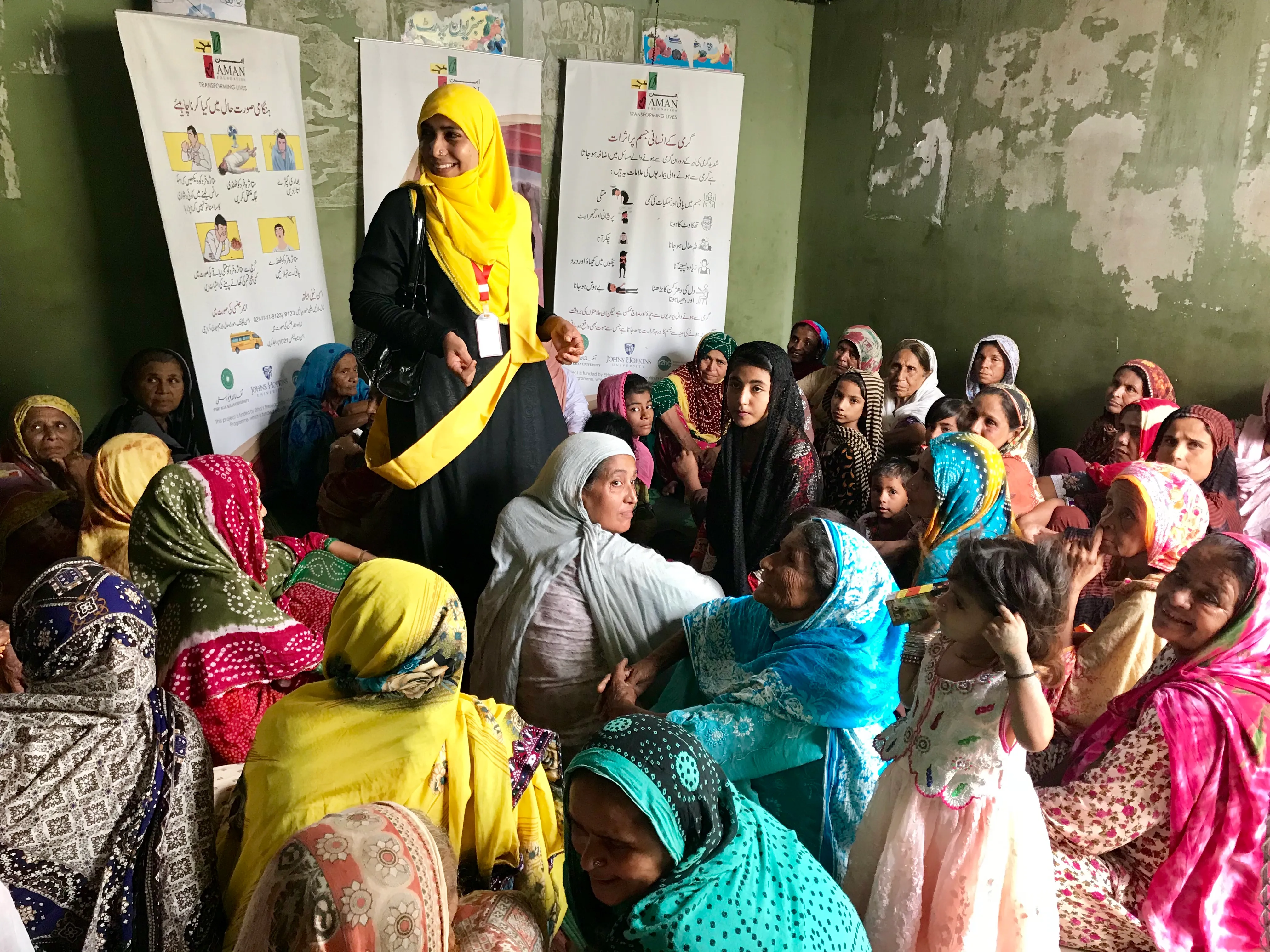Introducing Parametric Insurance

This week we held the kick-off meeting for our HIF-funded project! The aim is to scope out a parametric insurance product that can enable timely humanitarian response to major food crises.
Para-what you might say? Parametric insurance is not that different to normal insurance, in that in return for a yearly premium (calculated by expected frequency and severity of an event) you get a pay-out if the event takes place. However a key difference is that instead of making payments on the basis of losses measured after an event, it makes the payments automatically based on pre-agreed triggers. What this means is that there is no arguing about the amount of damage, the pay-outs are predictable. What is even better is that the triggers can be predictive, so you can receive pay-outs before an event actually occurs (this is called ex-ante payment).
We will be exploring how to apply this mechanism to address some of the problems that prevent us from responding effectively to slow onset food crises. Instead of waiting until images of famine reach TV screens to be able to get the funding to mount a response, a parametric insurance product could release funding much earlier. It would do this on the basis of a predicted food crisis, according to pre-agreed triggers. These triggers would be modelled and monitored by a neutral third party organisation. When a pay-out is made, these would then be allocated to NGOs and their civil society partners to mount early and preventative action. Simple.
It sounds simple (I hope) but there are still many questions up in the air to develop this idea into a prototype. For example on the insurance side (being lead by our US partners GlobalAgRisk) these include: What index will be used to model the risk of drought? What triggers will be set? Who will do the monitoring of the triggers? On the response side (lead by the Start Network) these include: How can we ensure the relevance of the index and triggers to the response funding required? How will the pay-outs work? How can we use this mechanism to incentivise best practice in early action?
Via our kick-off meeting we established that the first step will be to select the 20 pilot countries for the prototype model. We agreed that this will be done via a matrix that weighs up all of the different criteria in the balance. Top of the list is obviously the vulnerability of the country to major drought (how to define major?). In addition, we discussed that the coverage of early warning systems in each country will also play a part. Having an index for modelling and monitoring droughts in that country is key to this model. Developing out these criteria will mean close coordination between the Start Team and the GlobaAgRisk team. We look forward to updating you on how it goes.
In the meantime, if you have any questions or would like to be involved, please don’t hesitate to get in touch. [email protected]
Stay updated
Sign up for our newsletter to receive regular updates on resources, news, and insights like this. Don’t miss out on important information that can help you stay informed and engaged.
Related articles



Explore Elrha
Learn more about our mission, the organisations we support, and the resources we provide to drive research and innovation in humanitarian response.